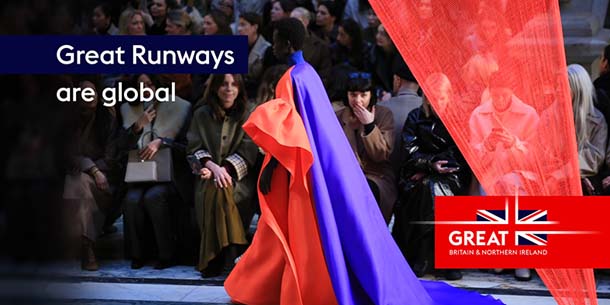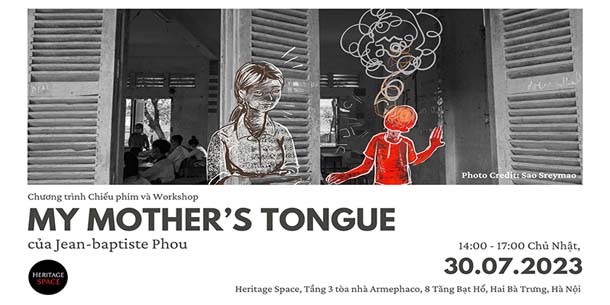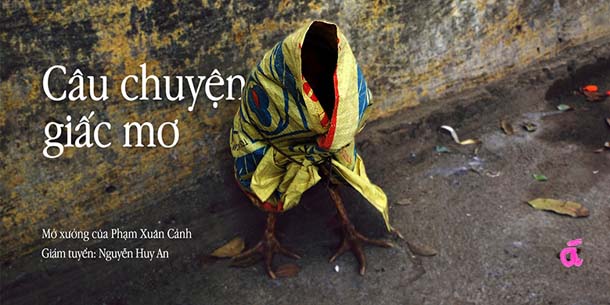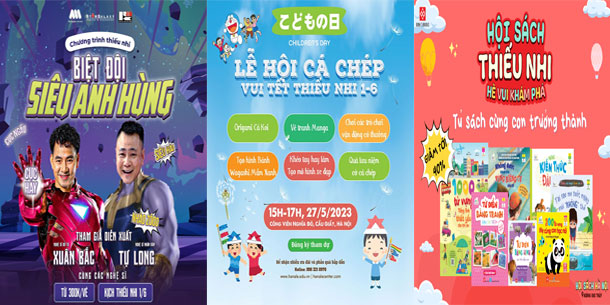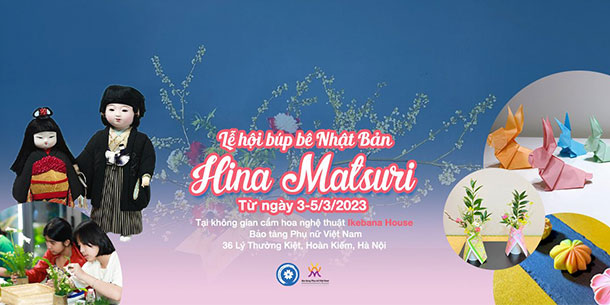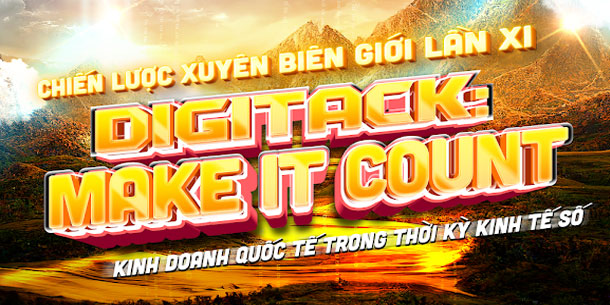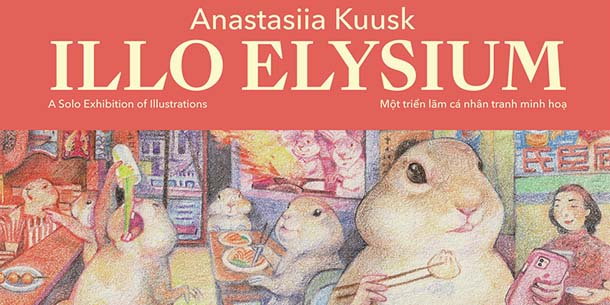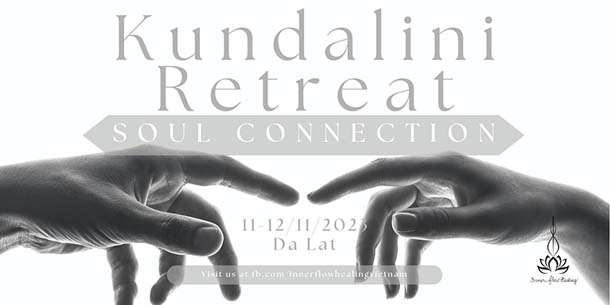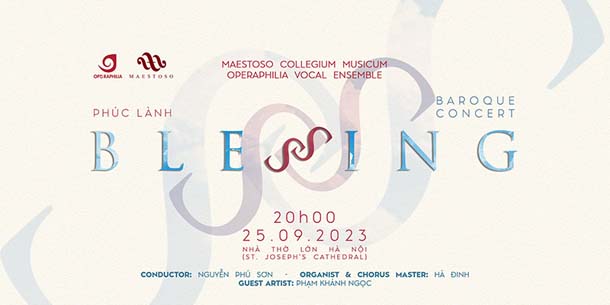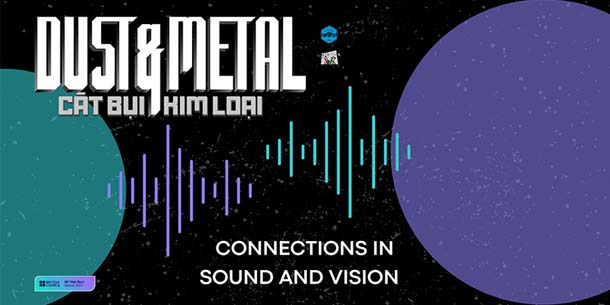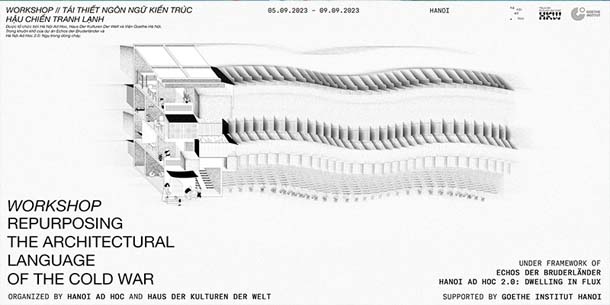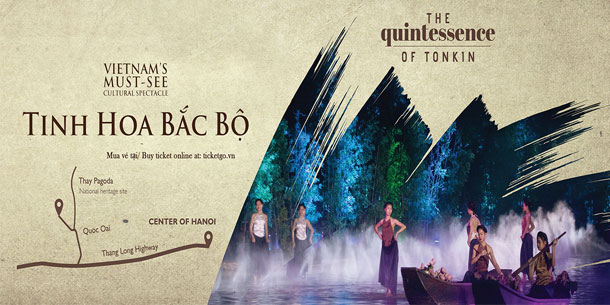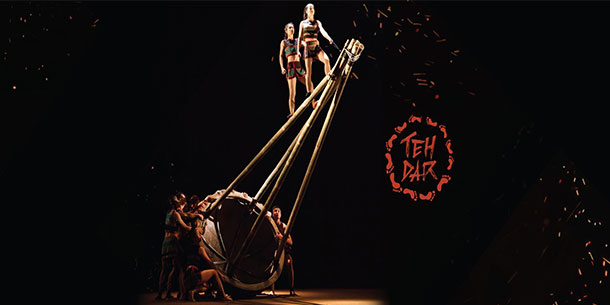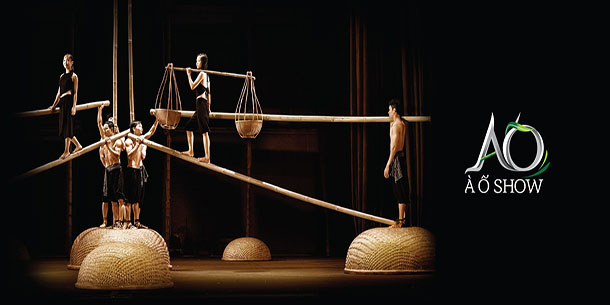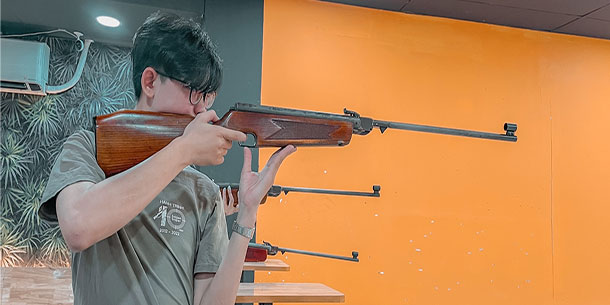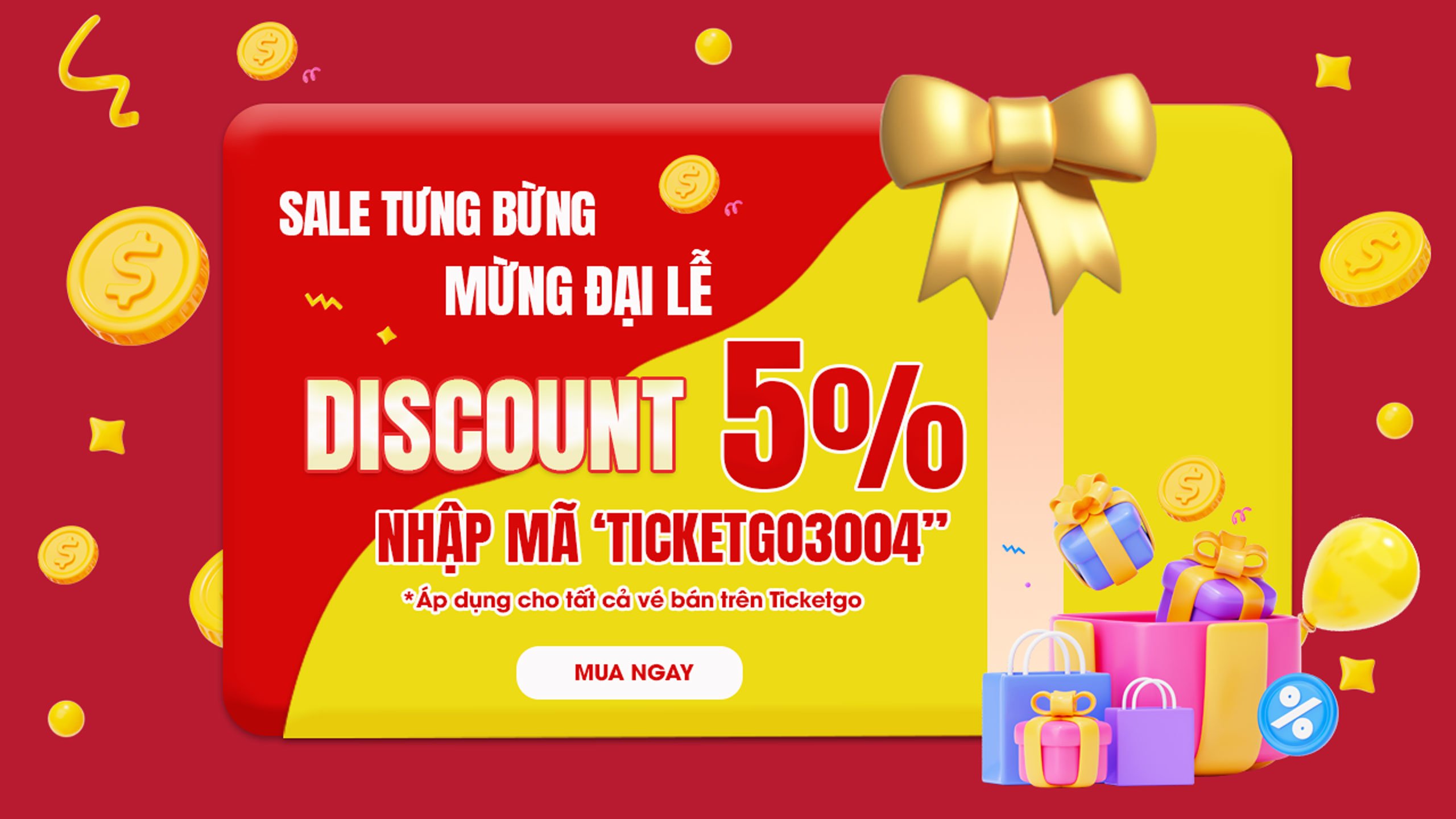The traditional customs to know of the Lunar New Year, do you understand?
Lunar New Year (also known as Tet Ta, Lunar New Year, Traditional New Year or simply Tet) is the most important holiday of Vietnam, along with the culture of the Lunar New Year of other countries. East Asia. Despite experiencing many ups and downs in history, Vietnamese people still preserve and maintain Tet customs. That is the beauty of traditional culture, the identity of the nation.
Depending on each region, or according to the religious concepts of the Vietnamese, the customs and habits in each locality are often slightly different. But in general, the common point of Tet customs is that it is divided into three periods: New Year's Eve, New Year's Eve and New Year's Eve. Each period corresponds to preparations, to rituals or to different forms of expression.
1 – Goodbye Cong Cong Tao to heaven
According to legend, every year, Tao Quan is sent down to earth by God to monitor and record the good and evil deeds of mankind. After that, every December 23rd, Tao Quan rides a carp into a dragon to go to Heaven to report all the good and bad deeds of people for a year so that Heaven can decide the merits, rewards and punishments. for all mankind.
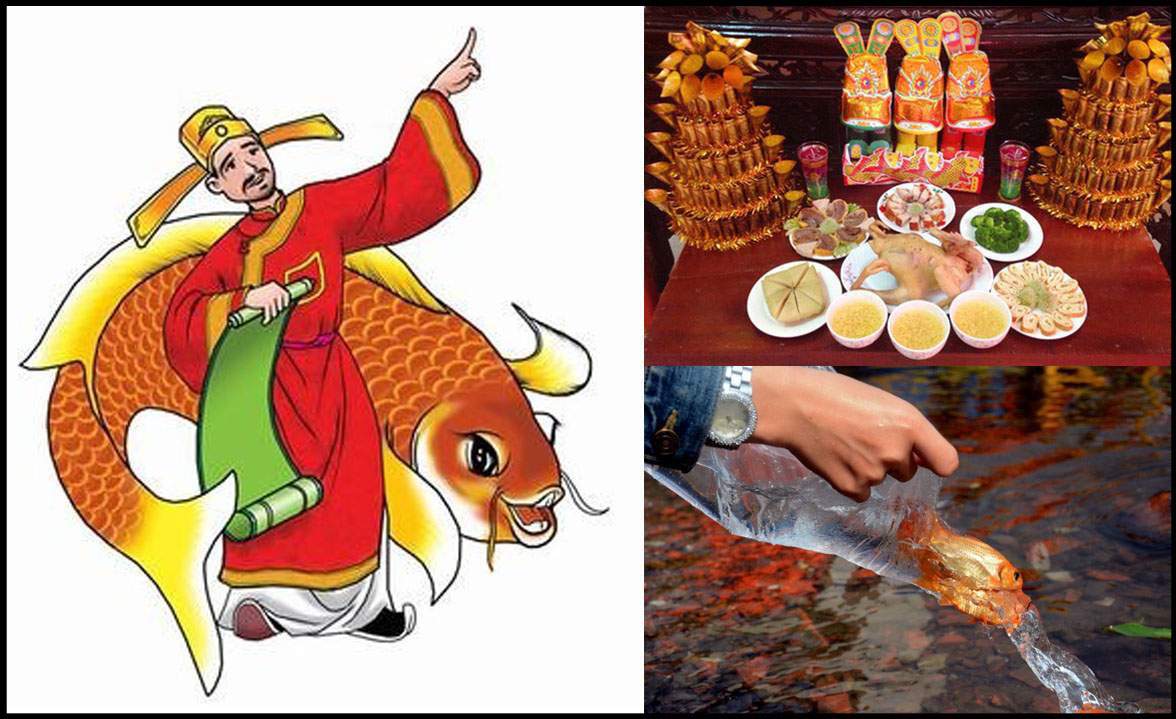
Therefore, in the Vietnamese concept, the three Gods of God (or King Bep) determine the sand, blessings and virtues for the family, this blessing is due to the right conduct of the owner and the people in the house. With the desire that the Kitchen God will "bless" his family with a lot of luck, every year on December 23, people solemnly see off the Tao Quan.
The worshiping ceremony is usually conducted before 12 noon on the 23rd day of the 12th lunar month (can be worshiped at noon, the evening of December 22 or the morning of December 23) because people believe that after 12 noon, Mr. heaven, will not receive offerings.
The traditional worshiping ceremony must have a goldfish to see him off to heaven. Families often buy 3 carp and drop them into a pot of water next to the tray, and after the ceremony, they bring them to the river to drop, implying that the fish will turn into a dragon, cross the dance floor, and serve as a vehicle for the Tao Quan to ride to heaven.
The ceremony of worshiping the Tao is a beautiful cultural feature with many spiritual features and is still maintained by the Vietnamese to this day.
2 – Clean the house
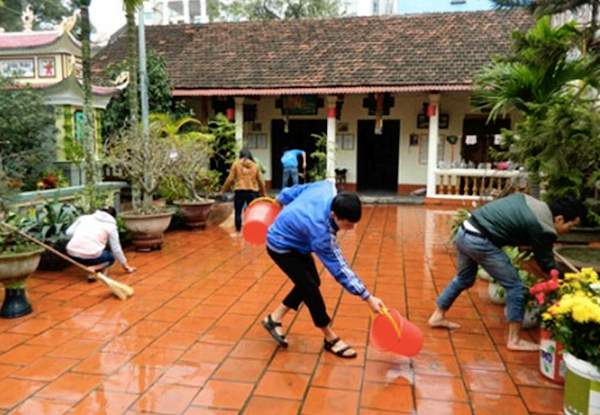
The cleaning work on Tet is meant to prepare "goodbye to the old year, welcome the new year". On this day, all furniture in the house will be cleaned thoroughly, new dishes and dishes will be prepared for Tet holiday, and display items will be displayed to decorate the house. looks fresher.
In addition, this is also the time when we review the debts that need to be paid, if we can afford it, we must pay it before Tet, we should not leave it for the new year.
3 – Go to Tet market and buy Tet flowers
The atmosphere in the Tet market is very crowded and bustling, different from the usual markets of the year. People go to Tet markets not only to shop, prepare to welcome Tet, but also to chat, to feel the Tet atmosphere, to feel the excitement of spring on peach and apricot branches and flowers. Fresh flowers are blooming.
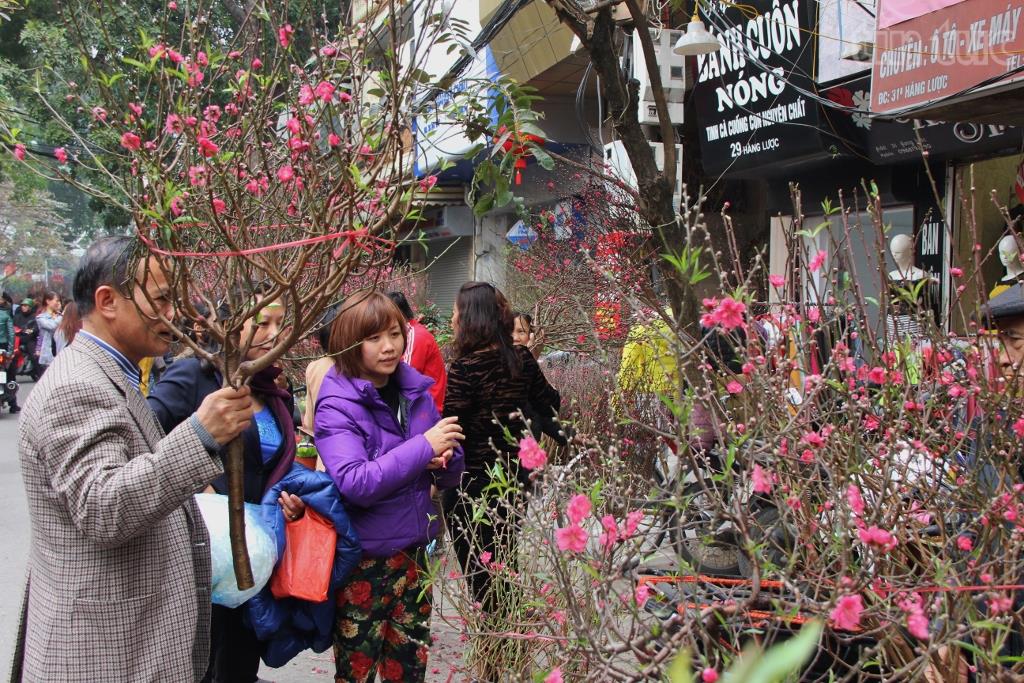
The Tet market is very diverse and rich, with enough exotic foods to serve the people's Tet shopping needs. But anyone who goes to Tet market does not forget to buy dong leaves, buy meat to pack banh chung, buy food to make rice offerings for the three days of Tet, buy fruits to display the five-fruit tray on the ancestral altar, and buy flowers for decoration. House.
Flowers are considered a symbol of beauty and carry many messages of spring. In the North, peach branches are bright red to dispel the cold and make the family atmosphere more warm. In the central and southern regions, the branches of apricot blossom are brilliant in the sun. Many houses also display kumquat trees with clusters of fruit, young buds, and dotted white flowers symbolizing a new year of wealth and prosperity, all things flourishing, affluence, and full of happiness. Beautiful flowers and pots are also bought by the family to celebrate Tet with the hope of a happy, auspicious and lucky new year.
4 – Ask for words, Tet couplets
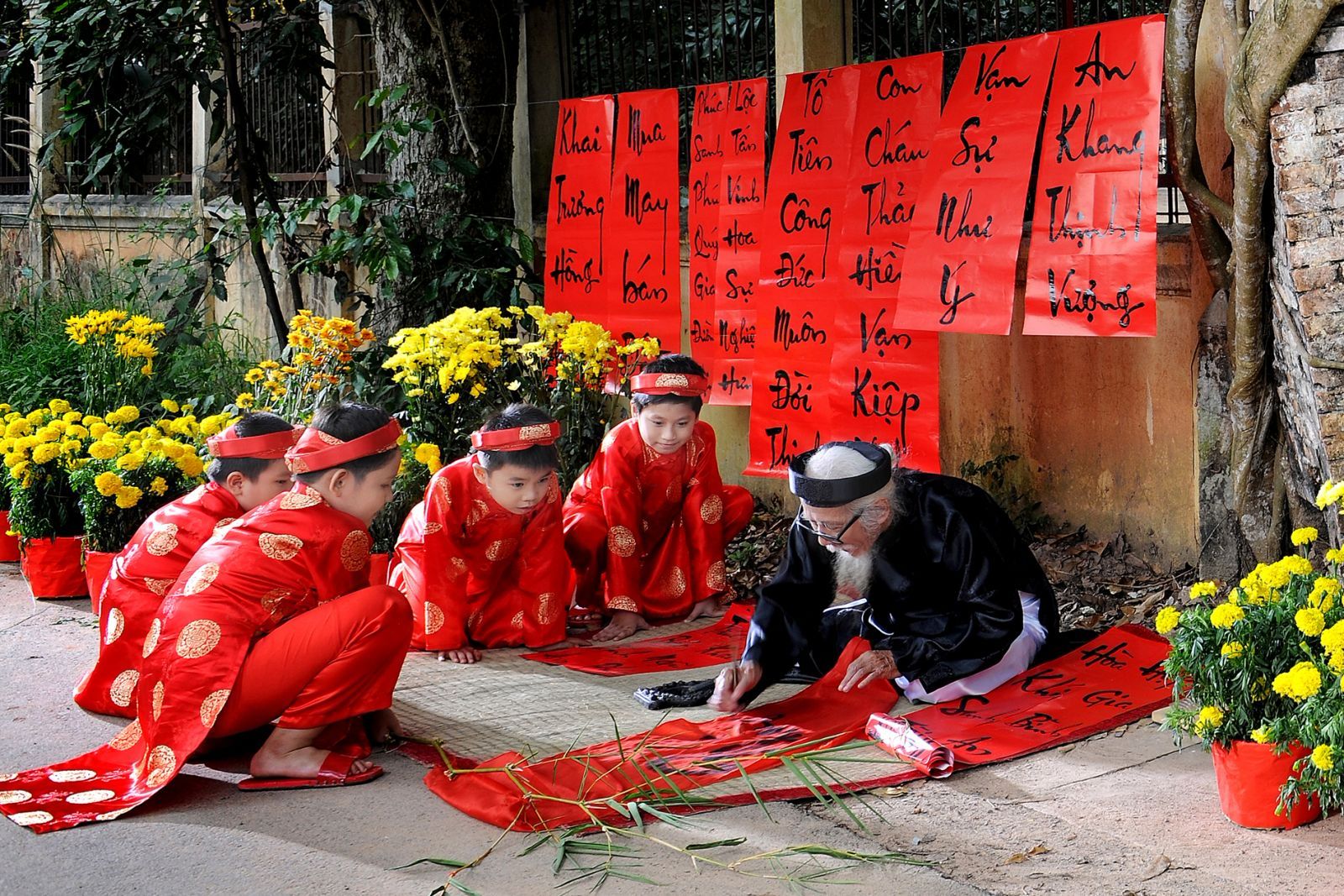
The Vietnamese people have a tradition of worshiping words, carrying words, playing with words, asking for words. Accordingly, the worship of letters and the procession of letters are for the words of the king, written in the ordinations; and folk play with words and ask for words from the old men on holidays.
Asking for letters on New Year's Day is not a simple thing as we often think, but it is a sacred thing, an important thing for the family. In the past, when going to the Tet market, they did not forget to go through the market gate to ask for the word teacher, which could be a couplet or a single word. The ancients often asked for letters to worship with the hope that their children and grandchildren could learn letters and become human. The most popular word usually the words Tam, Phuc, Duc, An, Loc, etc. Today the custom of asking for letters, red couplets is still maintained, "Ong Do street next to the Temple of Literature can be considered a "specialty" of the Vietnamese people. Tet Hanoi.
5 – Buns of banh chung, banh tet
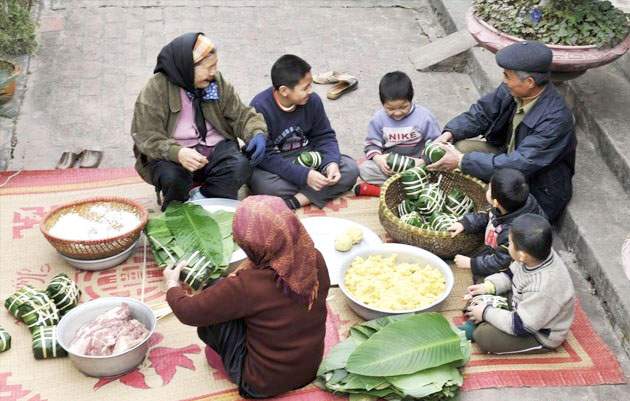
Banh chung is a custom dating from the sticky rice civilization of the 18th Hung King dynasty. At around 28-29 Tet, Vietnamese families often gather to pack banh chung and banh tet to give Tet gifts or to enjoy. in the family. It takes a person with extremely skillful hands to wrap the cake beautifully and tightly, otherwise the cake will crack and absorb water, causing the cake to become mushy.
6 - Build a tree to mark Tet holiday
The tree mentioned in the long-standing "customs" of the Vietnamese nation still carries the philosophy of yin and yang, known by the two words Can (Heaven) and Khon (Earth) in the image of a hat and a stick of Chu Dong Tu and Tien Dung. It implies the unity and support between Yin and Yang or the inseparability between Dynamic and Static…
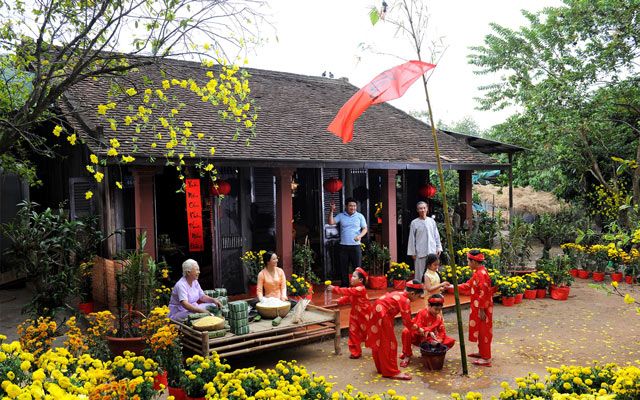
The tree mentioned here is a bamboo tree about 5-6 meters long, erected in front of the house on the 23rd day of the 12th lunar month, the day the Tao Quan ascended to worship God.
On the top, there are many things tied (depending on the locality) such as a small bag containing betel nut and flute, large and small pieces of metal.

